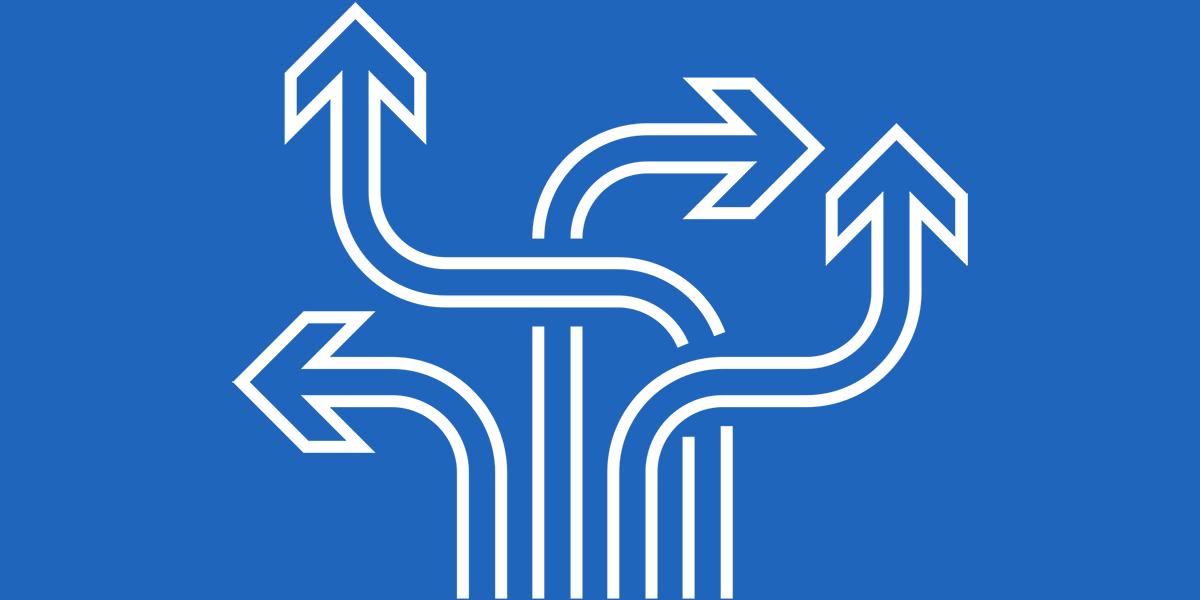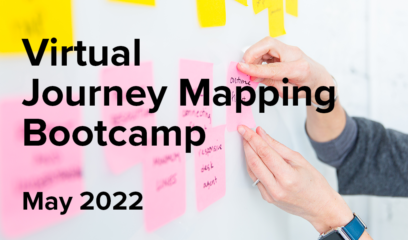A face-to-face workshop with your employees and your customers can be an organization-changing experience. But getting in a room with customers isn’t all roses.
Leaders who are new to the customer workshop approach are usually apprehensive about three things:
- “No one will want to come!” This is by far the most common—but unfounded—fear. Customer recruiting always presents logistical challenges, but we’ve never failed to find customers who are enthusiastic about attending.
- “If we ask customers for their ideas, won’t they expect us to implement them?” Well… yes. But attendees are surprisingly reasonable about next steps. They want to feel heard, but they know it’s unrealistic for your organization to fix what’s broken overnight.
- “What if customers want to talk about things that are out of scope?” Whether we like it or not, customers come to workshops with their own agendas. We frequently make use of the two strategies outlined below to keep our workshops on track.
Set expectations about workshop parameters.
Your customers don’t differentiate between the parts of their experience that are controlled by your sales team vs. those owned by operations—and they shouldn’t have to. But to make your workshop effective, it’s perfectly reasonable to communicate the goals of your initiative and what’s within your purview to fix. When we facilitated a workshop with customers of a major grocery chain, we sent a pre-workshop email explaining that our focus was on understanding how attendees decided to spend their food budget, and NOT the in-store shopping experience. At the beginning of our workshop, we reminded customers of things that weren’t in our control—like pricing and the checkout process—and gave them concrete examples of the types of feedback and stories we wanted instead.
Provide an outlet for customers to voice out-of-scope concerns & ideas.
Head off distractions by letting attendees get less actionable feedback out of their systems. For example, in a workshop with a software company, we knew that participants really wanted to talk about planned features for the next release—something the marketing team sponsoring the project wasn’t responsible for. So we arranged for an SVP to open the day with a product roadmap session that enabled attendees to get all of their product questions and suggestions off their chests. We also planned networking breaks throughout the workshop to give participants a chance to swap best practices with each other, ensuring that they had a good experience without derailing the group exercises. That way, we could focus the rest of the workshop on the parts of the experience that we could affect.
***
Looking for more tips? In my next post, I’ll share my three-part facilitation framework for keeping customer conversation on point.




